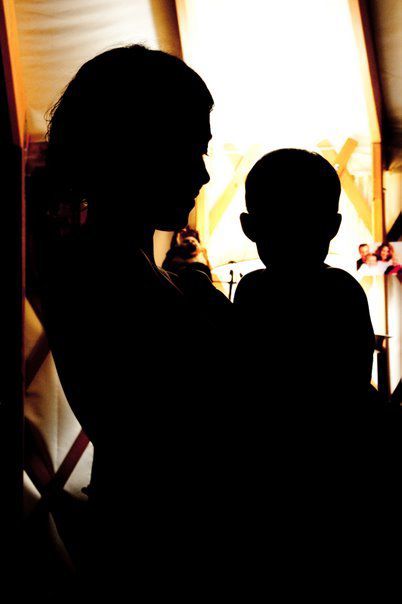Some information may be outdated.
Our positive pregnancy test came the same week as the headlines about “the insect apocalypse,” the global decline in insect populations. Clickbait? Maybe, but the reality of disappearing bugs is legit scary. An article in the February 2019 Atlantic magazine explains:
“The loss of even a small percent of insects might also be disproportionately consequential. They sit at the base of the food web; if they go down, so will many birds, bats, spiders, and other predators. They aerate soils, pollinate plants, and remove dung and cadavers; if they disappear, entire landscapes will change.”
We already knew that the commercial honeybee, a crucial pollinator of food staples, was in trouble. That was alarming enough. Now we know it’s insects in general. Actually, it is life forms in general; so many species have recently become extinct or are in steep decline, credible scientists are warning that we are entering the sixth mass extinction event the earth has ever seen, this one driven by human activity. A growing number of experts are calling for this age to be formally recognized as a new geologic epoch, one defined by the depth and scope of human impact on the climate and environment: the Anthropocene, a term derived from Greek that means “the recent age of man.”
This new epoch—which some say starts with the atomic age, others with the advent of agriculture— is an age of wonders and abundance. Things that many of us take for granted—like hot indoor showers and electric stoves, or expecting all your children to live to adulthood—were luxuries beyond imagination to previous generations, never mind technological sorcery like computers and the internet, space travel, and genetic engineering.
But the Anthropocene way of life has costs: an ocean choked with plastic yet bereft of fish, unavoidable exposures to carcinogens in daily life, and disruption to the global climate itself, to name just a few. And while some people benefit greatly from our dominance over the natural world, others are exploited for labor or made to bear the costs (like polluted drinking water) while being left out of the benefit.
In Moab, the uranium tailings pile currently being removed by the trainload is a local monument to the recent age of man. Moab’s main economic driver, industrial tourism, is quintessentially Anthropocene, as enormous amounts of energy and other resources are used for humans to crisscross the globe for leisure.
Now, as never before in our history, we live with the potential for epic self-made disasters. I can’t help but wonder, which one will first affect us in a way no one can ignore? Will it be nuclear war? An antibiotic-resistant superbug? Multiple large-scale crop failures due to extreme weather and pollinator decline, both driven in part by climate change? What might happen if multiple events like these happen close together? And is it even a question of “if,” or is it more like, “when?”
“Humans may die off, but the earth will go on.” I’ve heard people say variations on this many times.
Maybe I would find this a comforting thought, were it not for these young, small people that I care about more than anything else.
Best-case scenario, my children will grow up in a world that is coming together, healing from our current toxic politics and learning to adapt to new normals like hotter temperatures, more extreme weather, less predictability for agriculture and therefore our food supply. But it’s also possible that we won’t get our act together, and that life will get harder, maybe much harder.
I’ve been reading articles and columns lately by or about women who have chosen to not have children due to concerns around overpopulation, climate change, resource pressures and the general uncertainty of the future. I understand the decision, and it breaks my heart. Motherhood, while being hands down the hardest role I’ve ever taken on, is also the most rewarding.
While I can’t take existential solace in the thought that “the earth will go on,” I do take inspiration in the knowledge that women have been mothers through every sort of crazy situation humanity has ever endured. There have been mothers during times of famine, widespread disease; mothers who bore children into slavery. Life has never been totally safe and sometimes it’s truly precarious.
I like to think the Moab community will adapt to whatever comes, which is predicted to include higher average temperatures, drought, and increased wildfire danger—and will surely include a bunch of events that we can’t even guess at now, because that’s how life goes. I’m grateful for the people working, in various ways, to build the resilience we need.
For now, though, it’s time for me to focus more on the present than the future, to get ready to welcome another soul into this beautiful, imperfect world.
Heila Ershadi is a co-publisher of the Moab Sun News.
The View is our space to feature local voices and opinions. Opinions expressed in The View do not necessarily reflect the views of the Moab Sun News.
Appreciate the coverage? Help keep local news alive.
Chip in to support the Moab Sun News.



